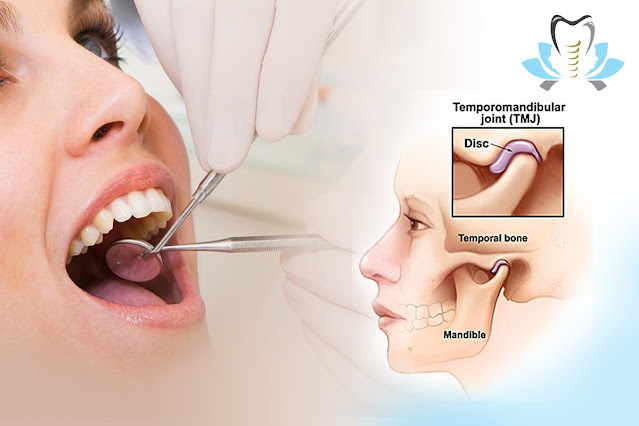Understanding Dental Crowns and Bridges: Your Guide to Restorative Solutions
Dental health plays a crucial role in overall well-being. When it comes to restoring damaged or missing teeth, dental crowns and bridges offer effective solutions. This article delves into what Crowns & Bridges in Arakere Bannerghatta Road Bangalore are, their benefits, the procedures involved, and aftercare tips to ensure longevity.
What Are Dental Crowns?
Dental crowns, often referred to as caps, are custom-made prosthetic devices that cover a damaged or decayed tooth. They are designed to restore the tooth’s shape, size, strength, and appearance. Crowns can be made from various materials, including:
- Porcelain: Offers a natural look and is often used for front teeth.
- Metal: Known for strength and durability, ideal for back teeth.
- Porcelain-fused-to-metal: Combines the benefits of both materials for strength and aesthetics.
- Resin: A more economical option, but less durable.
Why Are Crowns Needed?
There are several reasons a dentist might recommend a crown, including:
- To protect a weak tooth from fracturing.
- To restore a fractured tooth to its original shape and function.
- To support a large filling when there isn’t much tooth left.
- To cover a dental implant.
- To enhance the appearance of discolored or misshaped teeth.
What Are Dental Bridges?
Dental bridges are used to replace one or more missing teeth by bridging the gap between the remaining teeth. A typical bridge consists of two or more crowns (called abutments) on either side of the gap, with a false tooth (or teeth) in between.
Types of Bridges
There are several types of dental bridges:
- Traditional Bridges: Require crowns on the adjacent teeth and are the most common type.
- Cantilever Bridges: Used when there is only one adjacent tooth to support the bridge.
- Maryland Bridges: Use a metal or porcelain framework that is bonded to the back of the adjacent teeth.
- Implant-supported Bridges: Attached to dental implants rather than natural teeth, offering enhanced stability.
Why Are Bridges Needed?
Bridges can help:
- Restore the ability to chew and speak properly.
- Maintain the shape of your face and smile.
- Prevent remaining teeth from shifting into the gap left by a missing tooth.
The Crown and Bridge Procedure
Consultation and Examination
The process begins with a consultation, where the dentist will conduct a thorough examination, including X-rays, to assess the condition of your teeth and gums. This helps determine if crowns or bridges are suitable for you.
Preparing for Crowns
- Numbing the Tooth: Local anesthesia is applied to minimize discomfort.
- Tooth Reduction: The affected tooth is filed down to accommodate the crown.
- Impression Taking: An impression of the tooth is taken to create a custom crown.
- Temporary Crown: A temporary crown is placed while the permanent crown is being made.
Preparing for Bridges
- Numbing the Teeth: Similar to crowns, local anesthesia is used.
- Tooth Preparation: The adjacent teeth are shaped to hold the crowns.
- Impression Taking: An impression is made for the bridge.
- Temporary Bridge: A temporary bridge is placed while the permanent one is crafted.
Fitting the Permanent Restoration
Once the custom crown or bridge is ready, you’ll return to the dentist:
- Removal of Temporary Restoration: The temporary crown or bridge is removed.
- Fitting and Adjustments: The new crown or bridge is placed, and any necessary adjustments are made for comfort and bite.
- Cementing: Once everything fits well, the crown or bridge is permanently cemented into place.
Aftercare and Maintenance
Taking care of crowns and bridges is essential for their longevity. Here are some tips:
- Maintain Good Oral Hygiene: Brush twice a day and floss daily to prevent decay around the crowns or bridges.
- Regular Dental Check-ups: Visit your dentist every six months for cleanings and check-ups.
- Avoid Hard Foods: Steer clear of hard candies, ice, and other foods that can crack your crowns or bridges.
- Quit Smoking: If you smoke, consider quitting, as it can affect your oral health and the longevity of your dental restorations.
Benefits of Crowns and Bridges
- Restoration of Function: They help restore the ability to chew and speak properly.
- Improved Aesthetics: Crowns and bridges can enhance the appearance of your smile.
- Durability: With proper care, they can last many years.
- Preventive Benefits: They protect damaged teeth and maintain the alignment of remaining teeth.
Conclusion
Dental crowns and bridges are invaluable tools in restorative dentistry, offering solutions to common dental problems like decay and tooth loss. If you’re facing such issues, consult with your dentist to explore the best options for your needs. With proper care and maintenance, crowns and bridges can provide lasting benefits, helping you achieve a healthy, beautiful smile


Comments
Post a Comment